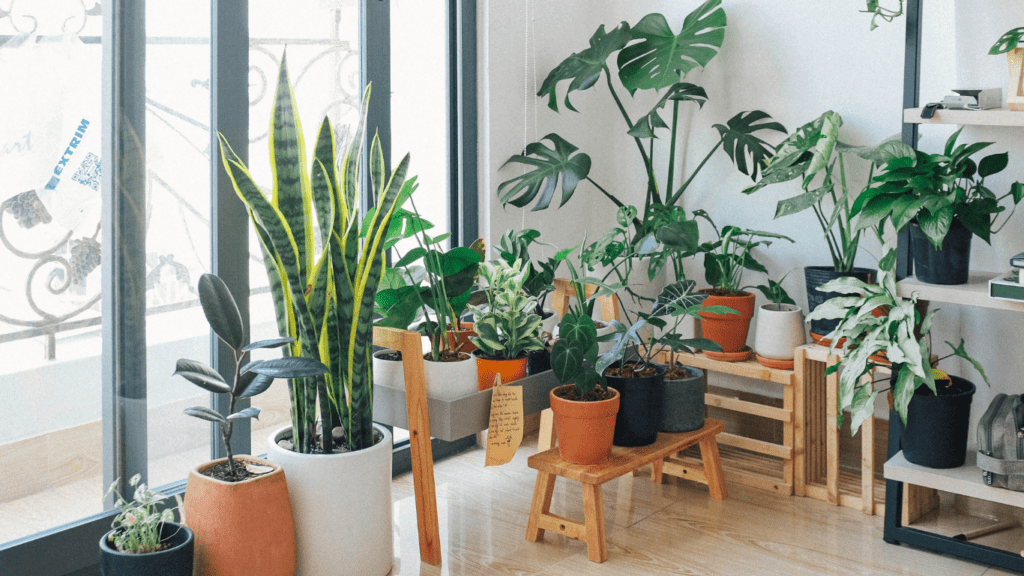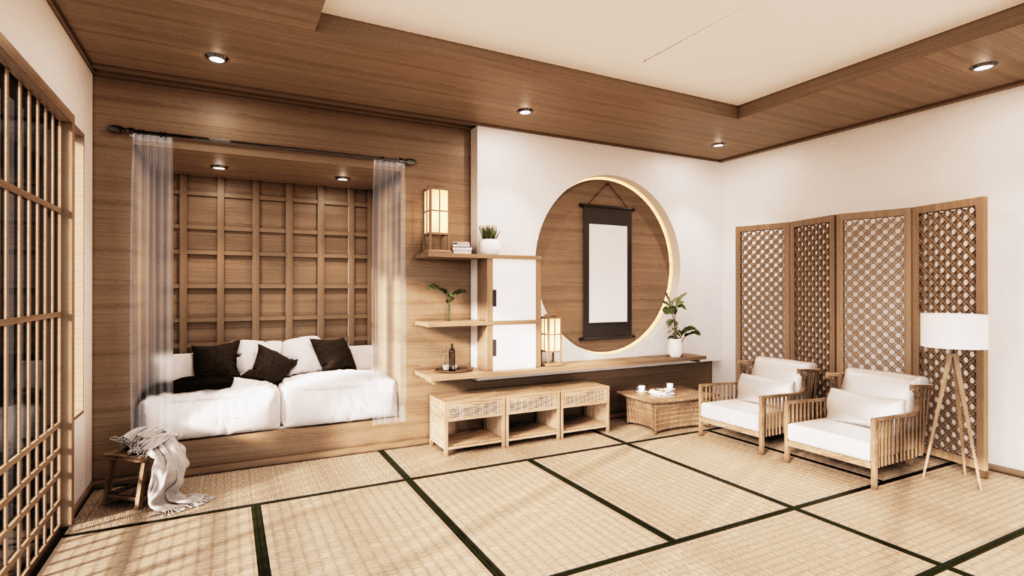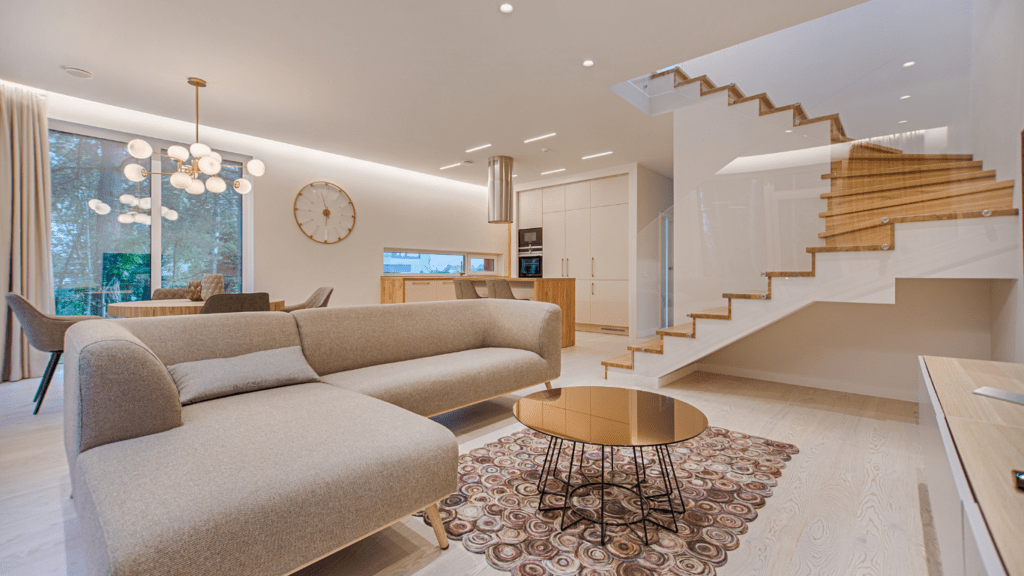The Benefits of Indoor Plants
Indoor plants have a profound impact on both the aesthetic and well-being aspects of interior spaces. They offer more than just beauty, contributing significantly to a healthier living environment.
Health and Wellness Advantages
Indoor plants play a vital role in boosting health and wellness. Studies from the Journal of Physiological Anthropology reveal that interacting with plants reduces stress levels. Patients in hospital rooms filled with greenery recover faster, demonstrating the positive effects of plant presence. Additionally, plants like lavender and jasmine can improve sleep quality by promoting relaxation.
Aesthetic Enhancements
Plants elevate the visual appeal of any room. By introducing various plant species like ferns, succulents, and flowering plants, I can create focal points and add pops of color. Vertical gardens, plant clusters, and hanging pots enhance the spatial dynamics, making interiors look livelier.
Improved Air Quality
Plants improve indoor air quality by filtering pollutants. The NASA Clean Air Study indicates that species like:
- spider plants
- peace lilies
- snake plants
remove toxins like formaldehyde and benzene, ensuring cleaner air. As a result, having indoor plants can reduce the occurrence of headaches, fatigue, and respiratory issues.
Popular Indoor Plants
Incorporating popular indoor plants can transform any living space. They’re not only aesthetically pleasing but also beneficial for well-being.
Low-Maintenance Options
Selecting low-maintenance plants simplifies indoor gardening. Succulents are hardy and require minimal watering, making them ideal for busy individuals. Snake plants, known for their air-purifying qualities, thrive in low light and need infrequent watering. ZZ plants, with their glossy leaves, tolerate low humidity and indirect light, perfect for any room.
Flowering Indoor Plants
Adding flowering indoor plants introduces color and vibrancy. Peace lilies, with their elegant white blooms, thrive in low-light conditions and remove toxins from the air. African violets, known for their bright flowers, flourish with moderate sunlight and regular watering. Orchids require more attention but reward with stunning, exotic flowers that can last for weeks.
Large Statement Plants
Large statement plants create focal points and add dramatic flair. Fiddle leaf figs, featuring broad leaves, make a bold visual impact and prefer bright, indirect light. Monstera deliciosa, with its unique split leaves, grows large and thrives in medium light, adding a touch of the tropics. Rubber plants, known for their thick, glossy leaves, do well in bright light and are great for making a statement.
Popular indoor plants offer diverse options to enhance any interior design, from low-maintenance choices to eye-catching large statement plants.
Incorporating Natural Elements Beyond Plants

Incorporating natural elements into interior design extends beyond adding plants, encompassing various organic materials and elements that can enhance any space.
Natural Materials in Furniture
- Using natural materials in furniture creates a timeless and eco-friendly interior.
- Wood, bamboo, and rattan offer durability and aesthetic appeal. For example, a reclaimed wood dining table introduces character and sustainability.
- Bamboo chairs provide a lightweight and versatile seating option, ideal for various décor styles.
- Rattan furniture, often woven into intricate designs, adds a touch of texture and elegance to living areas.
- Each of these materials enriches the space with warmth and authenticity, making the environment more inviting.
Stone and Wood Accents
Incorporating stone and wood accents can add sophistication and earthiness to a room. Granite countertops in kitchens not only look luxurious but offer strength and longevity. Marble backsplashes or floors bring an element of elegance and are easy to clean. Wood beams on ceilings or exposed brick walls create a rustic charm that’s timeless. Wooden mantels and stone fireplaces serve as focal points, adding warmth and a natural aesthetic to the room. The use of these elements can seamlessly blend with various design styles, from modern to traditional.
Water Features
Adding water features inside the home introduces tranquility and a sense of nature. Indoor fountains, such as wall-mounted or table-top fountains, provide a soothing auditory experience that can reduce stress. Aquariums with natural plants and fish not only add visual interest but also promote a calming atmosphere. Water walls or small indoor ponds can serve as striking features in entryways or living areas. These installations help maintain humidity, benefiting both plants and human comfort levels, while their gentle sounds contribute to a peaceful ambiance.
In these ways, natural elements beyond plants can be seamlessly integrated into interior design to create a harmonious and inviting living space.
Tips for Seamless Integration
Integrating natural elements into your home design enhances both aesthetic appeal and well-being. Here are some expert tips for smoothly bringing the outdoors in.
Choosing the Right Plants for Your Space
Select plants based on the lighting conditions in your home, ensuring they thrive in their designated spots. For low-light areas, consider snake plants, ZZ plants, or pothos, which require minimal sunlight. In contrast, succulents, fiddle leaf figs, and monstera deliciosa suit bright, indirect light. Match plant size to your space; large plants can dominate a small room, while small plants might get lost in bigger areas.
Balancing Natural Elements with Existing Decor
Incorporate natural elements without overwhelming your current decor. Start with subtle additions like wooden picture frames, rattan baskets, and stone coasters. Gradually introduce larger pieces such as a bamboo coffee table or a jute rug. Maintain a cohesive look by choosing materials and colors that complement your existing color scheme and furnishings.
Maintaining Indoor Plants and Natural Elements
Ensure plants stay healthy by watering them according to their needs, avoiding overwatering which is the most common mistake. Regularly dust leaves, rotate plants for even growth, and check for pests. With natural elements like wood and stone, maintain their appearance with appropriate cleaning products and regular upkeep. For example, use wood polish on wooden furniture and specialized cleaners for stone surfaces.
By carefully choosing plants, balancing them with your decor, and maintaining them properly, you can create a harmonious, inviting space that seamlessly integrates the beauty of nature.



 Betsylie Sheetsin – Home Renovation Expert
Betsylie Sheetsin serves as the Home Renovation Expert at Castle Shelf House, specializing in giving practical advice for both small and large-scale home improvements. With years of experience in construction and renovation, Betsylie understands the importance of blending durability with design. Her insights into home renovation projects, along with expert advice on the latest materials and techniques, empower homeowners to tackle even the most ambitious projects confidently.
Betsylie Sheetsin – Home Renovation Expert
Betsylie Sheetsin serves as the Home Renovation Expert at Castle Shelf House, specializing in giving practical advice for both small and large-scale home improvements. With years of experience in construction and renovation, Betsylie understands the importance of blending durability with design. Her insights into home renovation projects, along with expert advice on the latest materials and techniques, empower homeowners to tackle even the most ambitious projects confidently.
